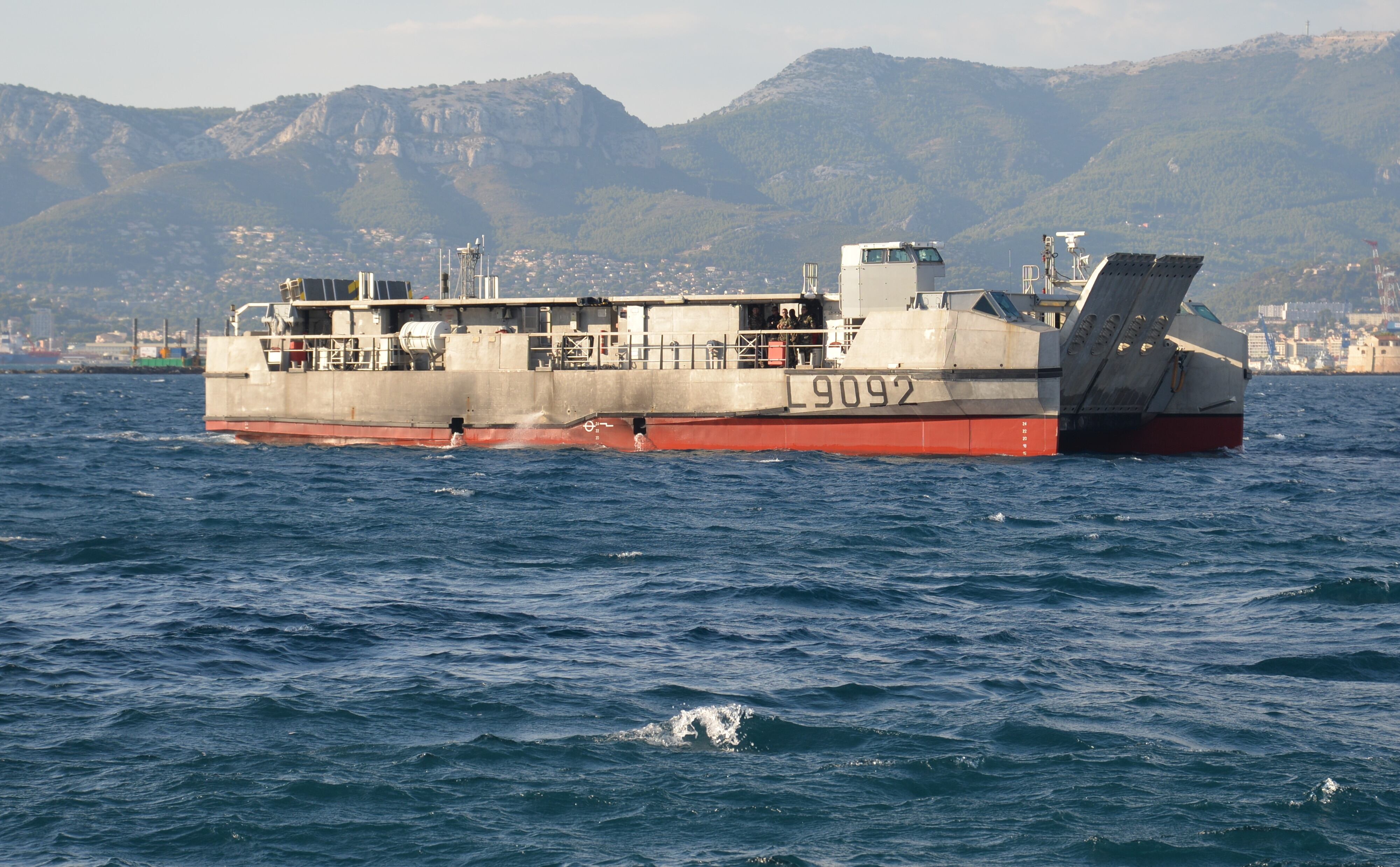WASHINGTON – The Army has awarded a nearly $1 billion contract to the Oregon-based shipbuilder Vigor Works to replace its aging Mike Boats with a larger, faster Maneuver Support Vessel (Light).
The contract announced Thursday is a firm fix-price contract for $979,794,011 with an estimated completion date in 2027.
The MSL(V) replaces the Landing Craft Mechanized 8, a 74-foot boat with a top speed of 9 knots that first entered service in the late 1950s.
RELATED

The MSL(V) will be 100 feet and can haul one M1A2 Abrams tank, two Stryker armored vehicles with slat armor or four joint light tactical vehicles with trailers. It will have a top speed of 18 knots, 15 knots fully laded, and a range of about 350 miles.
The contract itself is a 10-year, indefinite-delivery, indefinite quantity contract. Vigor Works beat out four competitors for the job.
The Mike boats weren’t large enough, nor did they have the range required to haul modern Army equipment over the ranges necessary in a denied combat zone.
“The range of operating environments our Soldiers face today-and will face in the future continues to grow more diverse,” Brig. Gen. Jeffrey Drushal, U.S. Army Chief of Transportation, said in an Army release.
“Our mariners need modern, capable vessels that can carry today’s Soldiers and equipment. Our commanders need the flexibility to maneuver in many different environments-including maneuvering from the sea. This vessel will do both and provide a critical advantage in future operations.”
The boats are designed to operate at extended ranges, moving personnel, materiel and equipment from deep-draft sealift ships off the coast and bring it to inland waterways. It will be designed to bring its cargo to degraded ports, as well as unimproved or denied beachheads.
The Army has invested much of its transportation budget on armored vehicles operating under the threat of improvised explosive devices. But as focus shifts form the deserts and urban environments in the Middle East to the vast, tropical environments in the Pacific, the Army is improving updating its Vietnam-era watercraft.
The old Mike Boats were just not up to the task of hauling the Army’s modern weapons, said Col. Dan Furber, the Army’s project manager for Transportation Systems.
“Army transportation investments over the last decade rightly prioritized vehicle capabilities, especially in the area of protection,” said Col. Dan Furber, project manager, Transportation Systems. “While that was the right thing to do, it also deferred investment in the watercraft fleet and created a mismatch between the size and weight of ground systems and the watercraft designed to carry them. MSV(L) will restore operational relevance to the Army watercraft fleet at an important time.”
The Army and Vigor Works will develop a full-scale prototype for the boat over the next four years then move to a initial production of four vessels in 2022. The total buy will be 36 MSL(V).
Past Army shipbuilding
The Army has had some fits and starts in recent history with shipbuilding. The service developed, along side the Navy, the Join High Speed Vessel: essentially a ferry that could load troops and rapidly move them around the theater.
The deal was the Army would get five and the Navy would get the other five. But in 2010, the Army transferred their JHSVs to the Navy. The Navy rechristened the program the Spearhead-class Expeditionary Fast Transport, currently under construction by Austal in Mobile, Alabama.
The Navy took delivery of the eighth EPF, the Yuma, in Arpil. The ships are operated by civilian-manned Military Sealift Command. The Navy will build 12 EPFs all together.
Despite being a Navy program, however, the EPFs could also supplement Army operations. It can dock with roll-on/roll-off discharge facilities, accommodate a Abrams tank, and carry more than 312 troops.
The Army wasn’t the only service that benefited from the big award for Vigor. The Navy’s shipbuilding industrial base also gets a shot in the arm, said Jerry Hendrix, an analyst with the Center for a New American Security and retired Navy captain.
“If the Army is building ships, it strengthens the industrial base in terms of shipbuilding,” he said. “Every purchase brings more people back into shipbuilding and that’s good for everybody.”
Vigor Works, which also maintains Navy ships in the Northwest, had excess capacity for shipbuilding and could play a greater role in Navy shipbuilding in the future, Hendrix said.
David B. Larter was the naval warfare reporter for Defense News.








